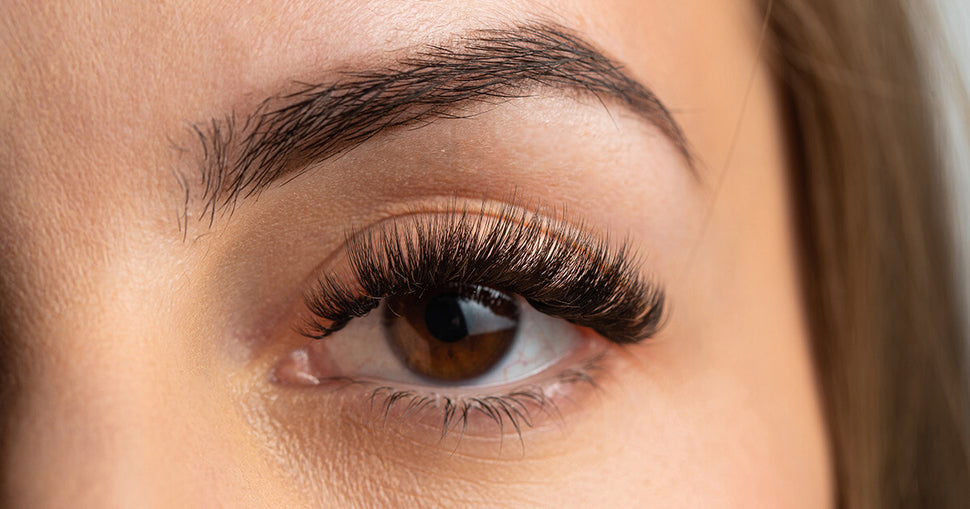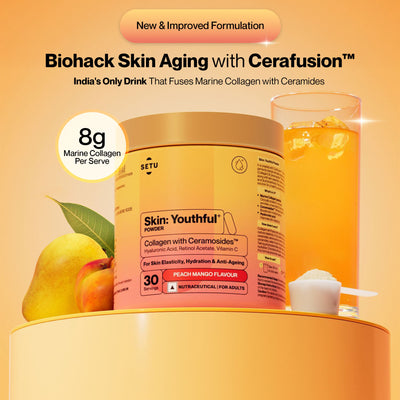Immaculate Degeneration: A Detailed Guide
30 Jun 2019
The central part of the retina also known as the macula is the most sensitive part of the retina. It is located centrally in the retina and is responsible for central vision and high-resolution visual acuity.

The central part of the retina also known as the macular is the most sensitive part of the retina. It is located centrally in the retina and is responsible for central vision and high-resolution visual acuity. During the normal functioning of the macula molecules called ‘reactive oxygen species’ (ROS) are created. ROS is responsible for damage to the photoreceptors and is the main cause of age-related macula degeneration (ARMD).1
In this modern era of smartphones and tablets, the volume of harmful blue and ultraviolet rays falling on the retina are several times what they were a decade ago. These harmful rays cause an increase in ROS accumulation in the retina and hence speeds up the occurrence of ARMD.
Certain protective chemical pigments present in the eye help in scavenging these ROS and neutralizes them. They also help in absorbing blue light which is known to create 100 times more ROS than yellow light. These chemicals are lutein and zeaxanthin and are known to be retinoprotective 2. These pigments are supplied by our daily diet and through the blood, it is concentrated in the retinal tissue.
If not consumed in adequate amounts the retina is likely to suffer from ARMD due to an insufficient amount of retinoprotective agents. Recent studies have shown that the prevalence of ARMD in the 65 years plus population is on the rise and we are seeing many more patients of ARMD than in the past.

It is a multifactorial eye disease. Among the important risk factors for ARMD are age, genetic susceptibility, sunlight exposure, cigarette smoking, and poor nutritional status. Although age and genetic susceptibility are not in our hands our diet and what we eat is.
According to the AREDS2 study, A very simple way for macular degeneration prevention is by taking daily oral supplements of lutein 10mg and zeaxanthin 2 mg and dark leafy vegetables like spinach kale, etc which are good natural sources of these agents.4
Lutein and zeaxanthin have recently been seen to protect the retina from diabetic retinopathy and also preventing cataract (which may lead to vision loss) as it performs its protective function in the lens of the eye also.5
They are now popularly known as the ‘eye vitamins’ and dietary supplements of these nutrients are as important as the more commonly known vitamins for the proper functioning of the eye and prevention of irreversible blindness in the form of ARMD eye.
DETAILS ABOUT THE DOCTOR
Dr. Arjun Gokani
M.S. Ophthalmology (Calcutta)
Fellow Medical research foundation and Sankara Nethralaya
Fellow of the International Council Of Ophthalmology
Fellow Royal College of Ophthalmologists (I)
Skin: Renew - Glutathione - Orange Flavour
- ₹1,996
- ₹1,996
-
₹2,600 - ( 23% OFF)
Categories
- Choosing a selection results in a full page refresh.
- Press the space key then arrow keys to make a selection.
this is the sidecart











